New builds for 80 billion rubles created in Kazan despite the ‘difficult situation’
Developers postponed some projects and accelerated the launch of residential complexes with a credit load
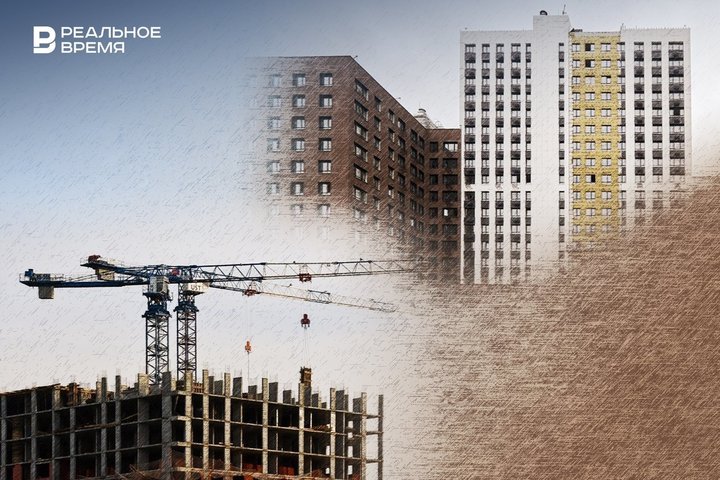
This year, developers launched more than two dozen new commercial housing projects in Kazan for half a million square metres — this is almost three quarters of last year's total volume (757,000 square metres). The largest residential complexes are being built by federal companies: PIK, Samolet, Komos, Etalon. Local players are building previously announced projects, although the launch of some has been postponed for a year or later. Developers are hoping for a quick expansion of family mortgages, but with the rise in prices per square meter, it is still unrealistic to buy an apartment within the city limits of Kazan under the programme, they warn.
Kazan is building 21 apartment buildings for 81.6 billion rubles
By the end of the second decade of May, the housing construction plan in Tatarstan was fulfilled by 52%, 1.7 million square metres were delivered. However, only 11% of the plan for commercial housing was fulfilled, 37 apartment buildings with a total area of 191,000 square metres were commissioned, the Ministry of Construction of the Republic of Tatarstan reported.
As Realnoe Vremya calculated, in January-May, 21 commercial apartment buildings with a total area of 542,000 square metres were built in Kazan with a total investment of 81.6 billion rubles. This construction season is distinguished by a large share of construction projects by federal developers. In the last month alone, several large projects totalling 180,000 square meters have been launched: PIK Group launched the Taular residential complex, Samolet launched Zilant Premier, and Komosstroy launched Unai.
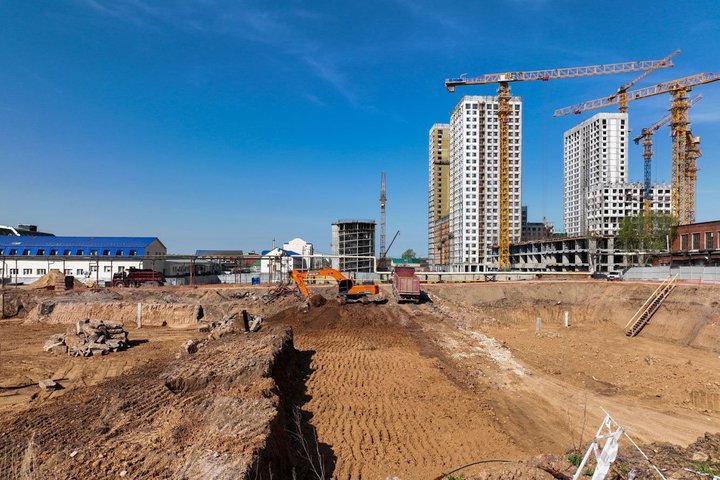
“Today, the sales engine is maternity capital and family mortgages”
The launch of these projects is taking place in difficult conditions for developers: against the backdrop of a significant reduction in transactions in the first quarter of the year, growing market glut and significant high costs of borrowed funds. But encouraging news came at the end of last week. Following the State Council on the development of infrastructure for life, President Vladimir Putin gave a number of instructions to the government together with the State Council commission, headed by the Tatarstan governor. Mikhail Mishustin and Rustam Minnikhanov will have to prepare proposals concerning:
- providing preferential loans to families with children up to and including 14 years old and families of those involved in the special military operation within family mortgages;
- granting executive bodies of the constituent entities of the Russian Federation the right to postpone the construction deadlines for social infrastructure facilities during housing construction;
- differentiated increase (based on the number of family members) of preferential loan limits within the framework of family mortgages;
- increasing the targeting of measures to support citizens in the area of paying for utilities;
- developing an action plan for the development of the rental housing market.
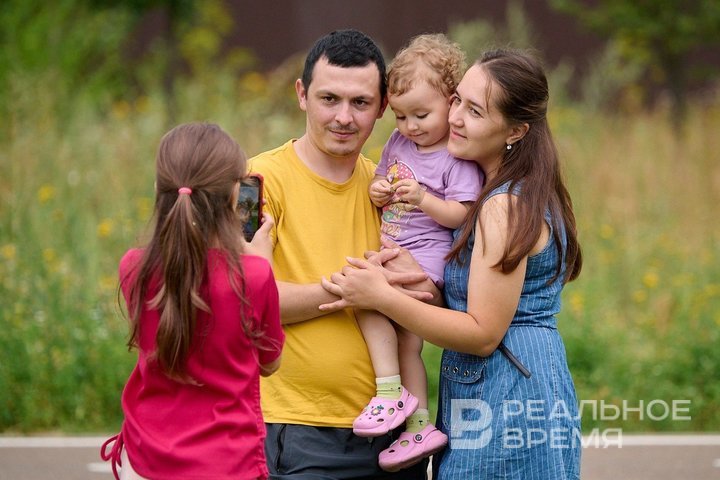
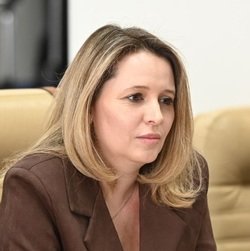
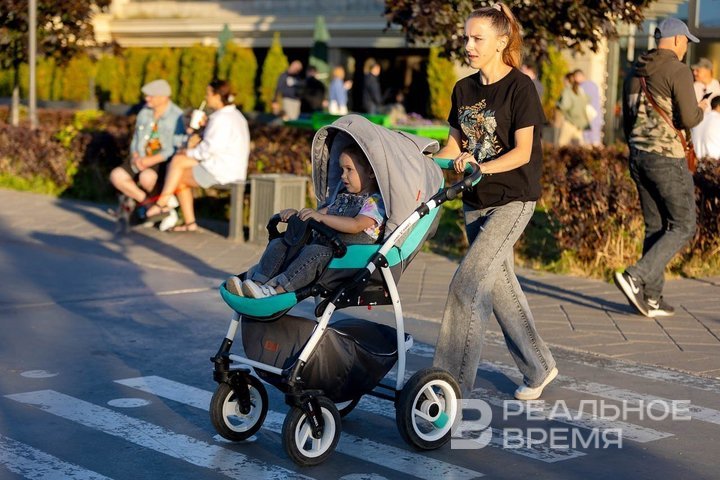
“It is very difficult to enter new projects now and, probably, it is not worth it”
A survey of the largest Russian development companies showed that this year they have completed only half of the projects from the previously planned volume. Thus, according to Nikoliers, in the first quarter, Moscow developers postponed the delivery dates of 43 projects. Developers are waiting for demand to revive or the Central Bank to reduce the key rate. This trend has not bypassed Kazan either, some players have begun to postpone the launch dates of new construction projects.

If banks today issue bridge loans, then at very high rates — up to 30%, while requiring ‘large own participation’ from the developer. “At the same time, developers have projects for which bridge loans have already been received. And if they do not enter and do not start, there will be a very serious minus in interest,” the expert emphasized. Therefore, according to her, the last month was marked by the start of sales in large residential complexes in Kazan.

Soon it will be a year since the mass preferential mortgage was cancelled in Russia, after which the primary market is experiencing a global decline. As the head of the Happy Home real estate agency Anastasia Gizatova noted, during this time the market has gone through all the stages of grief: “denial, anger, depression, bargaining and acceptance.”
After the “difficult” first quarter of the year, the situation in the second has not changed much, but the industry is not despairing: “We do not see any serious dynamics yet, but it is still too early to go into some kind of depression, denial and bargaining, because there is still a lot of ground to cover for family mortgages. There are enough people who can apply for participation in the program. Here it would be right for developers to take steps to stimulate demand, we are not giving up. The situation is difficult, we are coming up with new tools, but so far the dynamics are not positive according to the results of May,” Darchinova said.
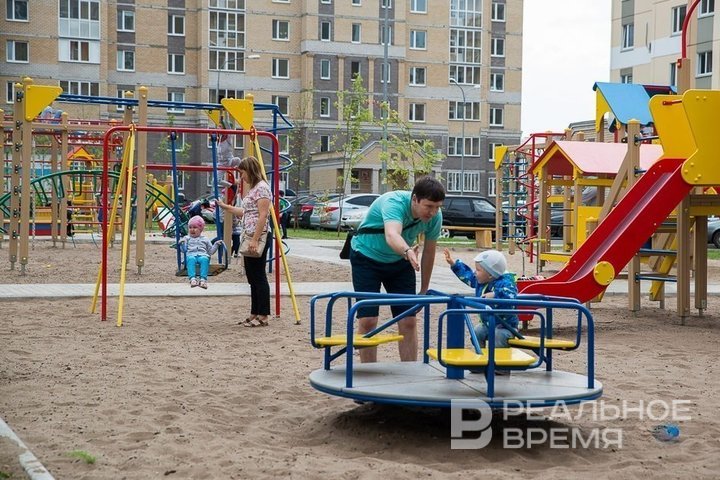
In May, the Institute of Urban Economics presented a housing affordability rating in Russia. According to the study, this indicator nominally increased in 2024, since the growth in prices for new buildings slowed down, stopped in some places, and the population's income increased. On average, new buildings increased in price in April by 9% year-on-year — this increase in cost was lower than inflation — 10.23%. At the same time, the real disposable income of Russians increased by 8.4%, which increased the affordability of housing.
Tatarstan entered the rating of regions where housing affordability has increased over the past year. The republic took 30th place with a coefficient of 2.8. At the same time, Kazan, on the contrary, was among four other cities (Chita, Blagoveshchensk, Oryol, Tyumen), where “purchasing housing is seriously complicated” — 3.5. This indicator is calculated as the ratio of the average cost of an apartment with an area of 54 square meters to the average annual income of a family of three. Its value corresponds to the number of years during which a family can save up for an apartment, provided that all the money is spent on its purchase.
However, other experts reminded that these are average indicators that do not take into account the high level of income inequality. According to Dom.RF, the real affordability of housing will increase only after Russia's monetary policy is normalized.